In the 1960s, Seychelles Warbler Acrocephalus sechellensis became one of the world’s rarest birds when the population slumped to just 26 individuals, all on tiny Cousin island in the Seychelles, in the Indian Ocean. Formerly, the bird had been more widely distributed in the Seychelles, but habitat destruction and non-native species brought the warbler to extinction everywhere apart from Cousin. But now the fortunes of the bird are looking much brighter, thanks to a programme to redistribute these birds to other islands in the Seychelles.
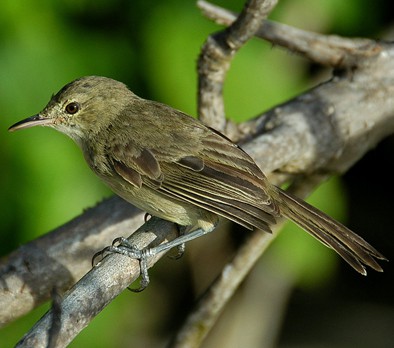
In the latest move, 59 Seychelles warblers have been transferred from Cousin Island Special Reserve to Frégate Island thanks to a Nature Seychelles (BirdLife Partner) led initiative.The transfer was carried out to start a new breeding population on Frégate Island – a privately-owned luxury resort – making it the fifth island in Seychelles to hold this species.
“It will pave the way for this bird, once said to be ‘one of the rarest birds in the world,’ to eventually come off the Red List of threatened birds of the world, updated annually by BirdLife International. We have been trying to get this project off the ground for a very long time and we have to thank the company managing the island – Frégate Island Private – for agreeing to partner with us and take the warblers”, said Nirmal Shah, CEO of Nature Seychelles.
“It is another step in our efforts to fully restore this island and to support the conservation of the unique and indigenous species of this country”, said Ian Barbour, Frégate Island general manager.
The project is funded by a $18,000 Disney Worldwide Conservation Fund grant to Nature Seychelles through the RSPB (BirdLife in the UK), the Seychelles Warbler Research Group (a collaboration between the Universities of East Anglia and Sheffield in the UK, and the University of Groningen, Netherlands) and Frégate Island Private. The translocation proposal was developed and submitted by Nature Seychelles to the Department of Environment. “They readily agreed to it because of the potential ground breaking results for conservation worldwide”, said Shah.
Birds were captured in the morning, transferred by helicopter and were released on Frégate by afternoon of the same day.
“This way the birds are kept in captivity for the minimum amount of time and they have time to eat and drink on Frégate before nightfall”, said Dr David Richardson of the University of East Anglia, which forms part of the Seychelles Warbler Research Group.
Prior to the transfer there had been preparations on both islands. Frégate was surveyed for its suitability to carry the warblers. “The island has been restored over many years, is rat free, and is free of mynah birds which compete with and harm native birds”, said Richardson.
The population on Cousin, which now numbers over 300 birds, was also surveyed to identify territories from which to catch individuals. Cousin has the original population, and therefore the most genetic diversity. This population has also been monitored for over two decades by the Warbler group. Nesting on Frégate is expected within a week or two. The Warbler group will be monitoring this population for the next few years.
“Seychelles is an example of how science and conservation can go hand in hand, and this is a brilliant opportunity to continue studying the warbler’s evolution and behaviour”, said Richardson.
Dr Chris Magin of the RSPB, who works closely with Nature Seychelles, said “The recovery of Seychelles Warbler provides hope that the fortunes of threatened species can be turned around. Before the Seychelles Warblers were moved to other islands, this species literally had all its eggs in one basket, but now the bird has a much brighter future.”
The warbler has come a long way from the days it neared extinction in the 1960s. Then, a world population of 26 was found only on Cousin. An international campaign, which resulted in the purchase of Cousin by BirdLife International, and conservation action saw a complete turn-around for this bird. From Cousin, BirdLife International and Nature Seychelles started new populations, in line with the Species Action Plan, on Cousine, Aride, and Denis Islands in order to secure its long-term survival.
“If the population takes off on Frégate as we expect, it will be the first bird species in the world once classified as Critically Endangered to be removed from Birdlife International’s threatened birds of the world list because of conservation action,” says Shah.
“In 1969, the Red List had said the Seychelles Warbler could well become extinct in our time. We can now say the Seychelles Warbler was saved in our time – definitely the most amazing conservation success story in Seychelles”, added Shah.
This post was written by Nature.Seychelles – who has written 14 posts on BirdLife Community. BirdLife comprises more than 100 conservation organisations working together to promote sustainable living as a means to conserve biodiversity. Nature Seychelles is the BirdLife Partner in The Seychelles.

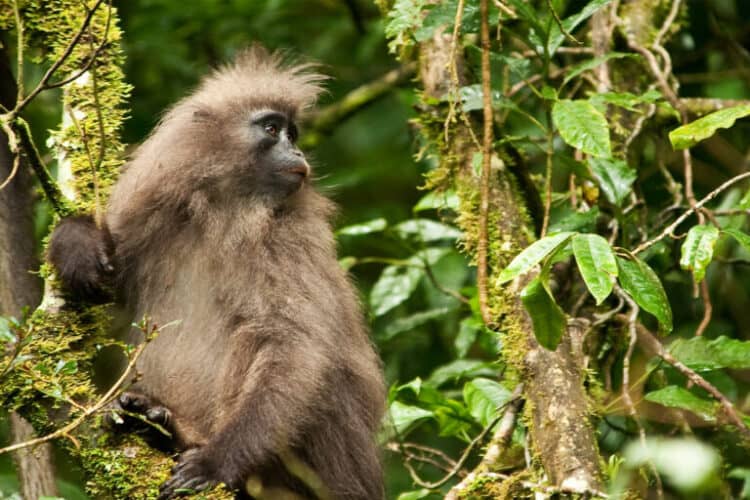
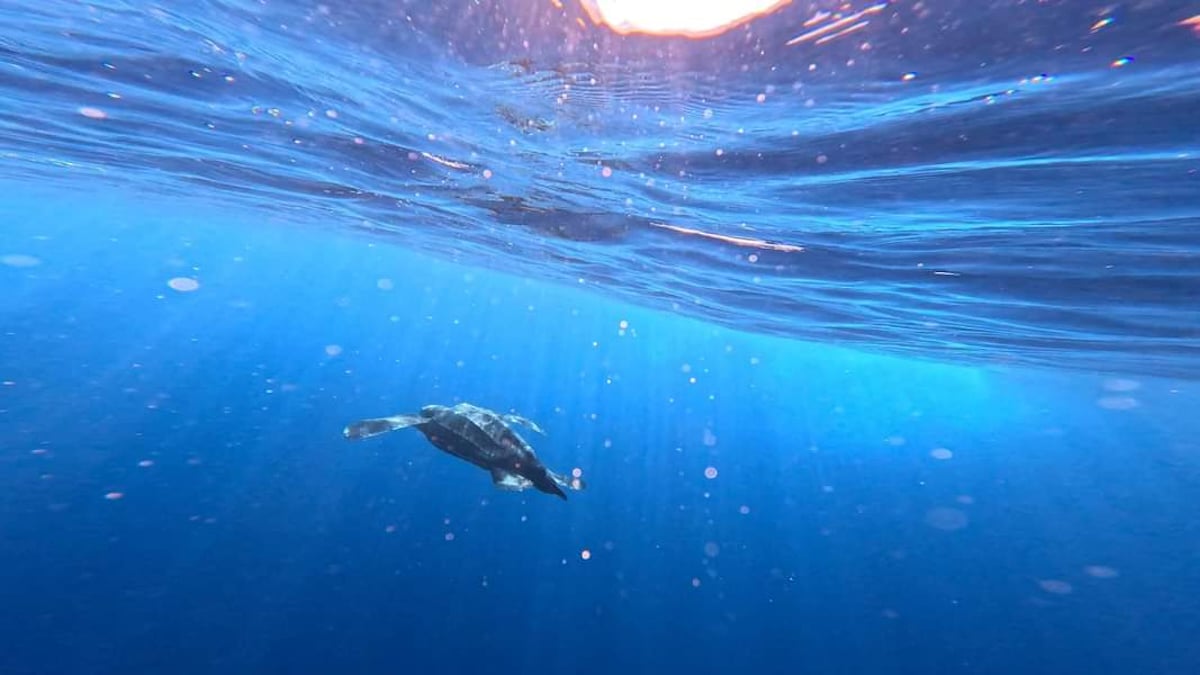
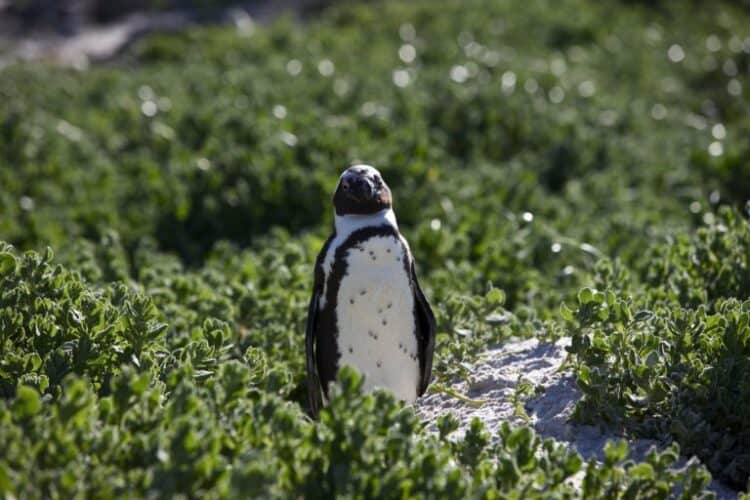

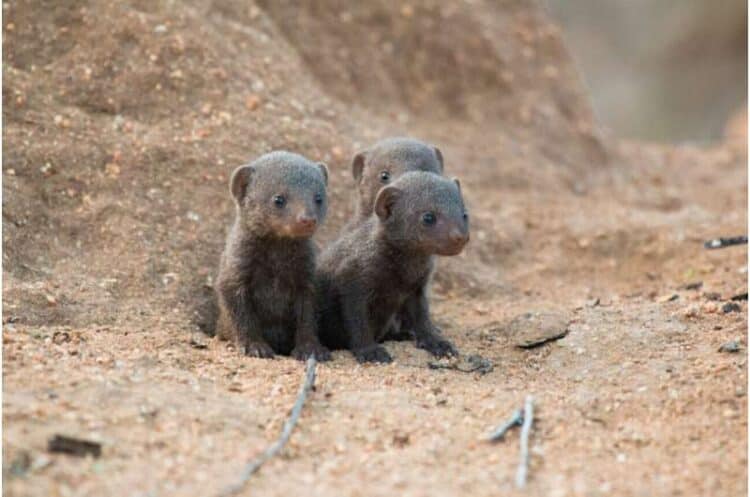

Leave a Reply